Image Above:© Jacob Aue Sobol, Untitled #20, 2012, Courtesy Yossi Milo Gallery, New York
Jacob Aue Sobol is a young Danish photographer who doesn't seem to photograph much in Denmark: In the tradition of the Magnum photo group- he is one if its younger members- he travels, particularly favoring places where the living is hard. Sobol first became publicity known through a series on Greenland, where he spent three years in the small village of Tiniteqilaaq, largely following the local way of life. Pictures from that series, "Sabine," 1999-2001, form part of this exhibition. The rest of the works on view were shot between 2006 and 2008 in Tokyo, where Sobol presumably lived more comfortably than in the Arctic. The striking thing about the two groups in combination, though, was their visual similarity: Tokyo, through Sobol's eyes, is a bitterly cold place.
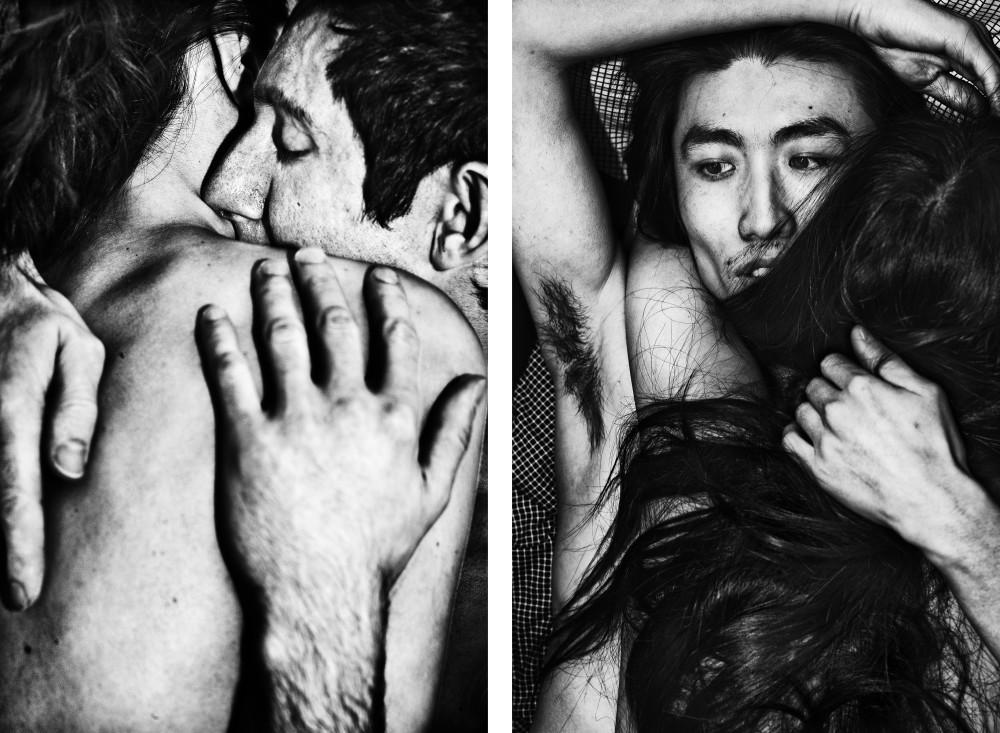 © Jacob Aue Sobol (Left: Untitled #27, 2012, Courtesy Yossi Milo Gallery, New York; Right: Untitled #36, 2012, Courtesy Yossi Milo Gallery, New York)
© Jacob Aue Sobol (Left: Untitled #27, 2012, Courtesy Yossi Milo Gallery, New York; Right: Untitled #36, 2012, Courtesy Yossi Milo Gallery, New York)
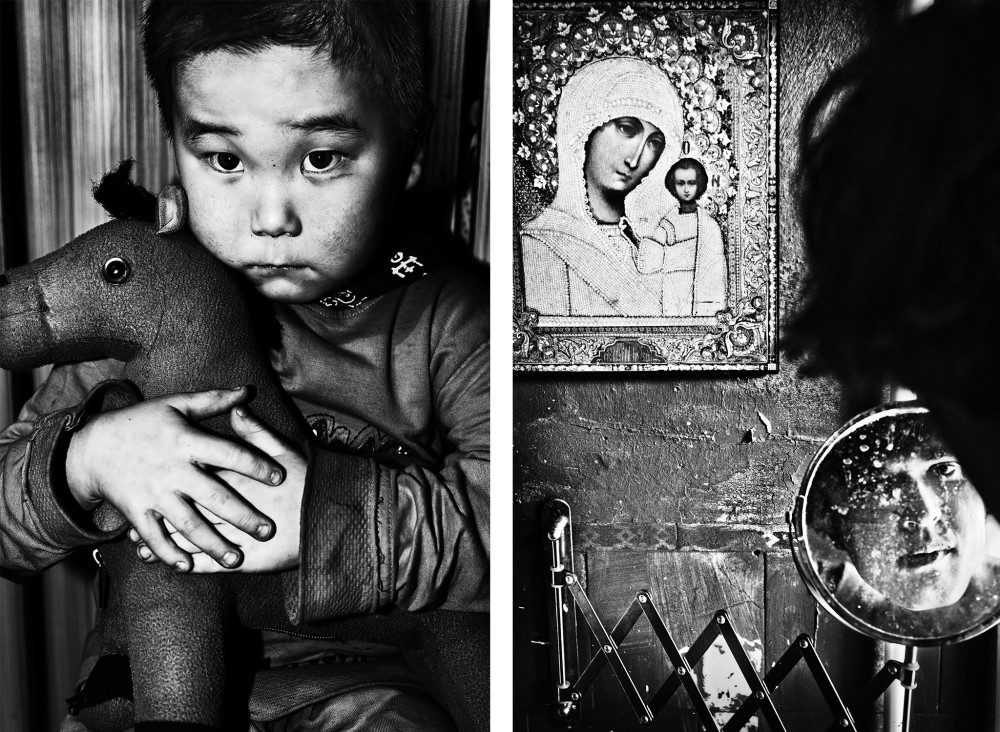 © Jacob Aue Sobol (Left: Untitled #18, 2012, Courtesy Yossi Milo Gallery, New York; Right: Untitled #12, 2012, Courtesy Yossi Milo Gallery, New York)
© Jacob Aue Sobol (Left: Untitled #18, 2012, Courtesy Yossi Milo Gallery, New York; Right: Untitled #12, 2012, Courtesy Yossi Milo Gallery, New York)
As if to fight the cold, a strong erotic current runs through Sobol's work. Sabine was a young woman Sobol met and lived with in Tiniteqilaaq- "I was in love with her," he has rather insistently declared- and who became a frequent subject of his pictures. When he went to Tokyo, it was to follow a later girlfriend, Sara, who got a job there, working long hours that left Sobol alone a lot: "In this way," he has said, "my love for Sara... mostly appeared in my images from the streets and in my meetings with strangers." There's something unsettling about these serial affairs in far-off places, and about their display in pictures- we wonder about their interpersonal politics, and about the ethics of capturing for the public an intimate life that also belongs to someone else. I think of Sally Mann's images of her children, for example, and ask why, or whether, I trust those more fully than I do Sobol's photographs of Sabine, on the poor and distant island that he has since left. But boyfriends and girlfriends meet and separate the world over, and they know better than anyone else can what has happened between them.
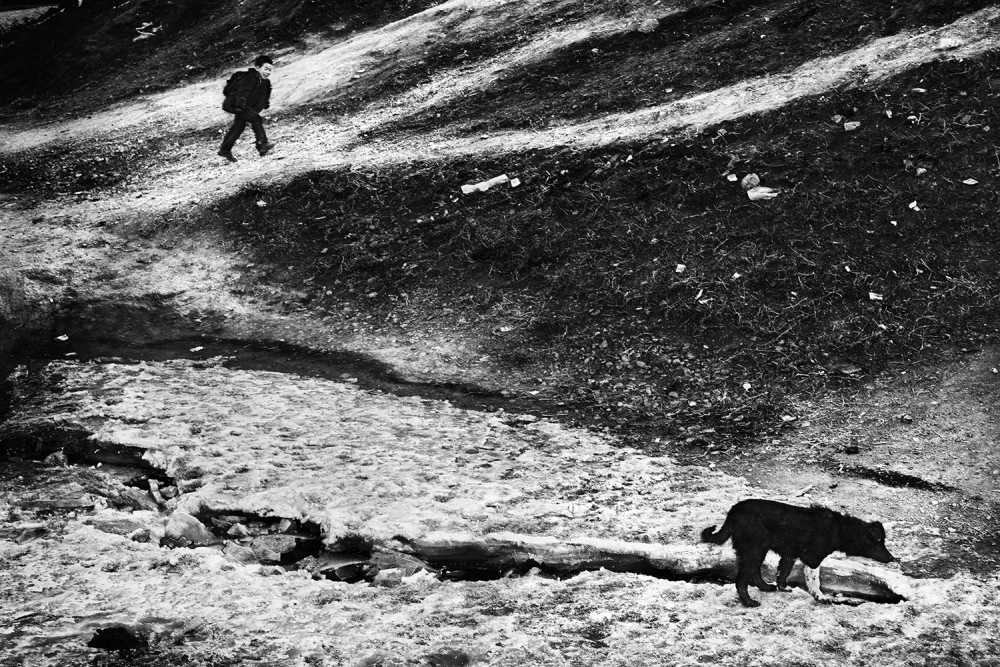 © Jacob Aue Sobol, Untitled #25, 2012, Courtesy Yossi Milo Gallery, New York
© Jacob Aue Sobol, Untitled #25, 2012, Courtesy Yossi Milo Gallery, New York
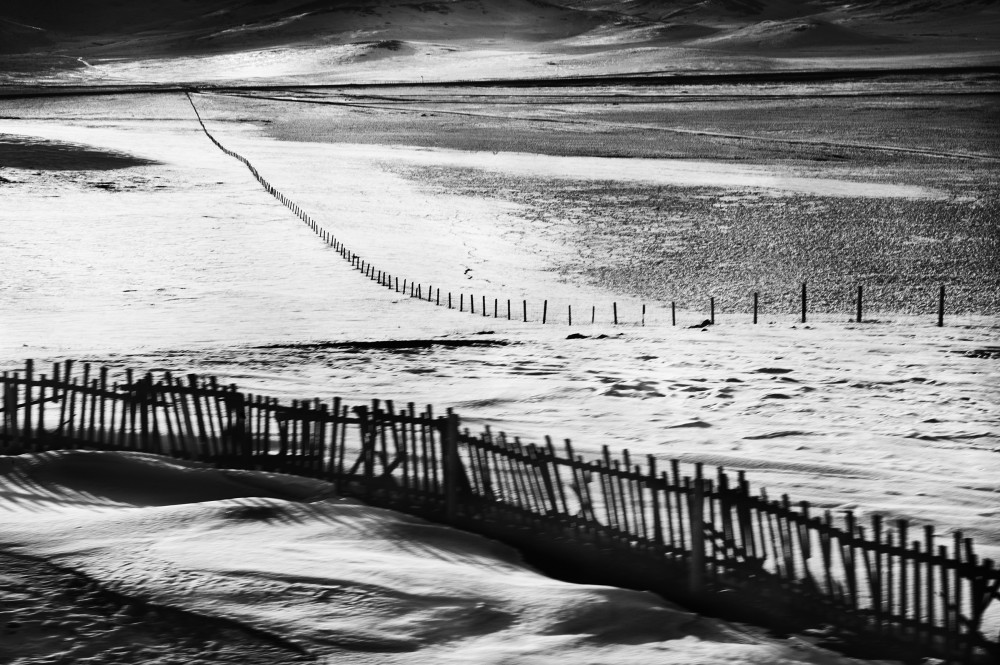 © Jacob Aue Sobol, Untitled #28, 2012, Courtesy Yossi Milo Gallery, New York
© Jacob Aue Sobol, Untitled #28, 2012, Courtesy Yossi Milo Gallery, New York
In any case, whether in Greenland or in Japan, Sobol's work is physically intense. His usual focus is the human body, which he photographs close up, breaking it into fragments and pushing its surface in our faces. He also shoots in grainy, contrasty black and white, which makes skin look toughened and tired and the space around it harsh, combating any exotic narrative that the story of Sabine, to the extent that we know it, might otherwise suggest. Occasional views, in Greenland, of windblown ice fields, or of seals or birds, hunted and dead, and in Tokyo of rain-blackened street tar or of forbidding city walls, set the context in which Sobol's subjects move, and that context is hostile and grim. the way people come together for warmth in such environments seems crucial to Sobol's interests.
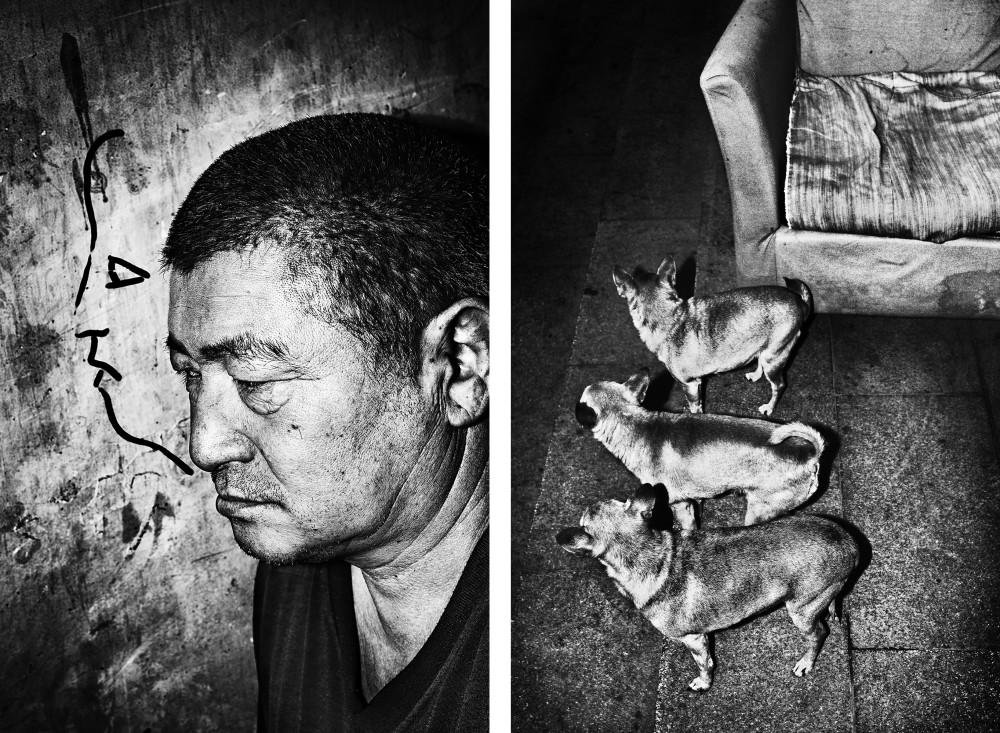 © Jacob Aue Sobol (Left: Untitled #16, 2012, Courtesy Yossi Milo Gallery, New York; Right: Untitled #40, 2012, Courtesy Yossi Milo Gallery, New York)
© Jacob Aue Sobol (Left: Untitled #16, 2012, Courtesy Yossi Milo Gallery, New York; Right: Untitled #40, 2012, Courtesy Yossi Milo Gallery, New York)
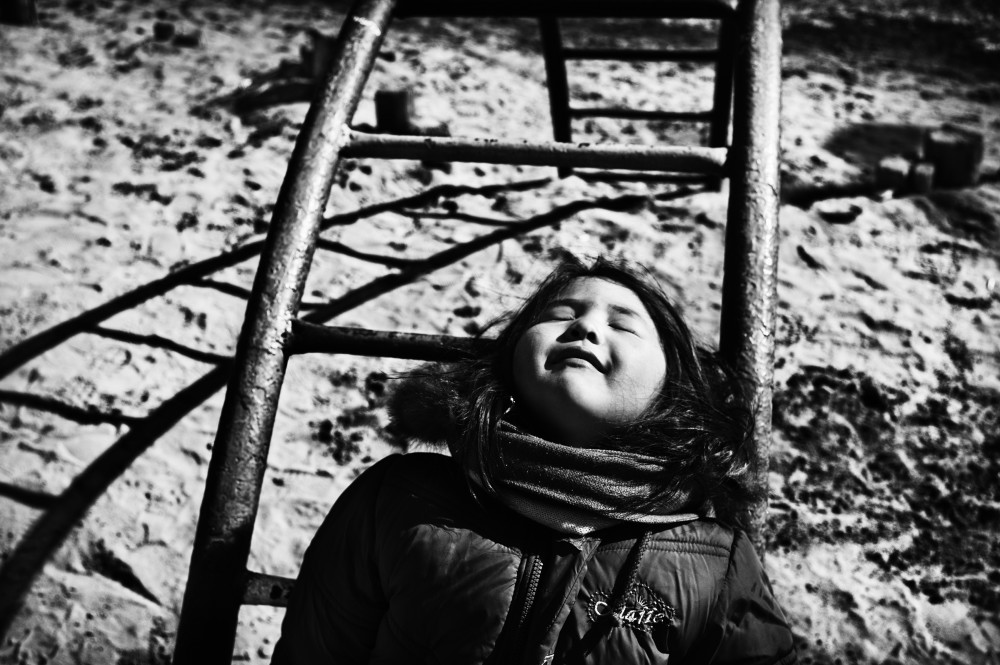 © Jacob Aue Sobol, Untitled #71, 2012, Courtesy Yossi Milo Gallery, New York
© Jacob Aue Sobol, Untitled #71, 2012, Courtesy Yossi Milo Gallery, New York
Untitled #44, from the "Sabine" series, shows mainly a pair of feet, pointing up at the bare ceiling of shabby room. Otherwise we're shown only a woman's handbag, cropped at the photograph's top and left- a graphic shape and female signifier, I imagine that Sabine is lying down, swinging her feet in the air, and that Sobol is somewhere right beside her. It's a wonderful picture, talking about those moments when we're so physically close to another person that we see just a part of them, a synecdoche for the rest, those moments when vision cedes to there senses. But looking at these series of Sobol's together, I wonder whether the romance veiled in his pictures' rigors lets him step back enough to see a person whole.
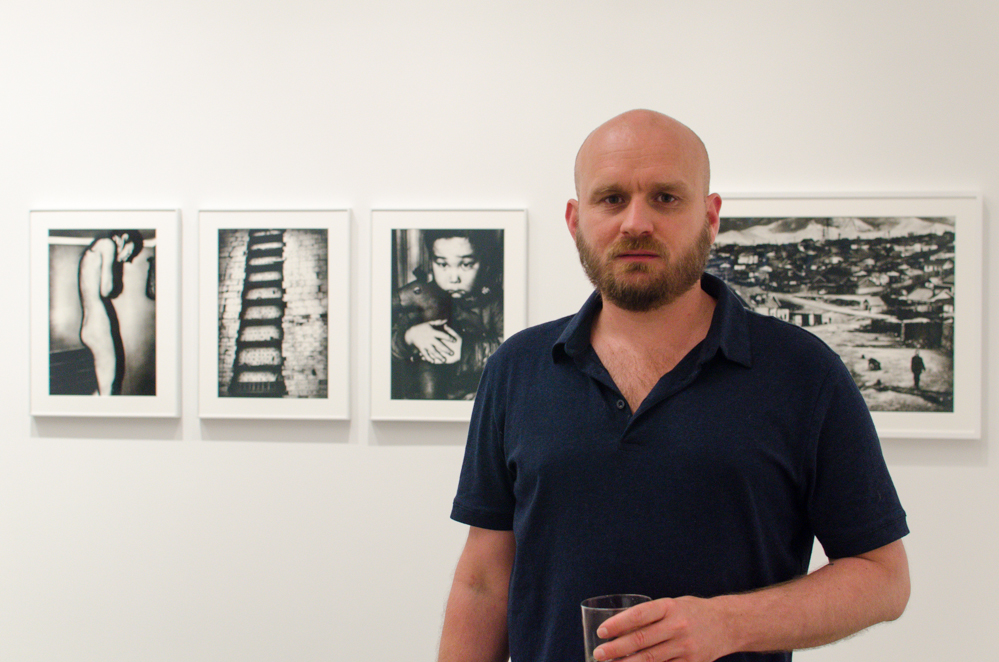
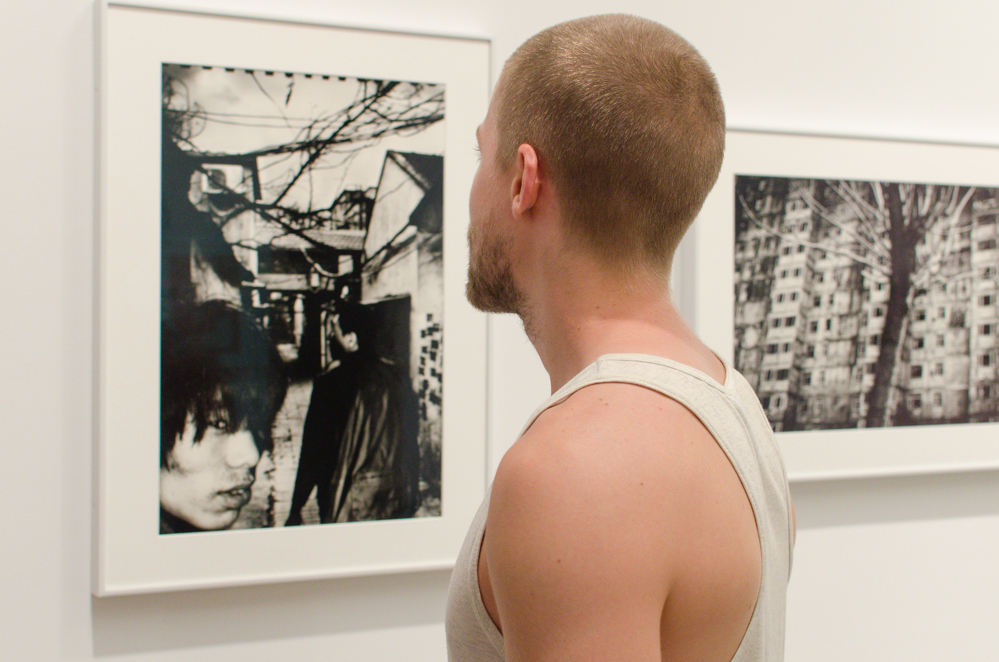
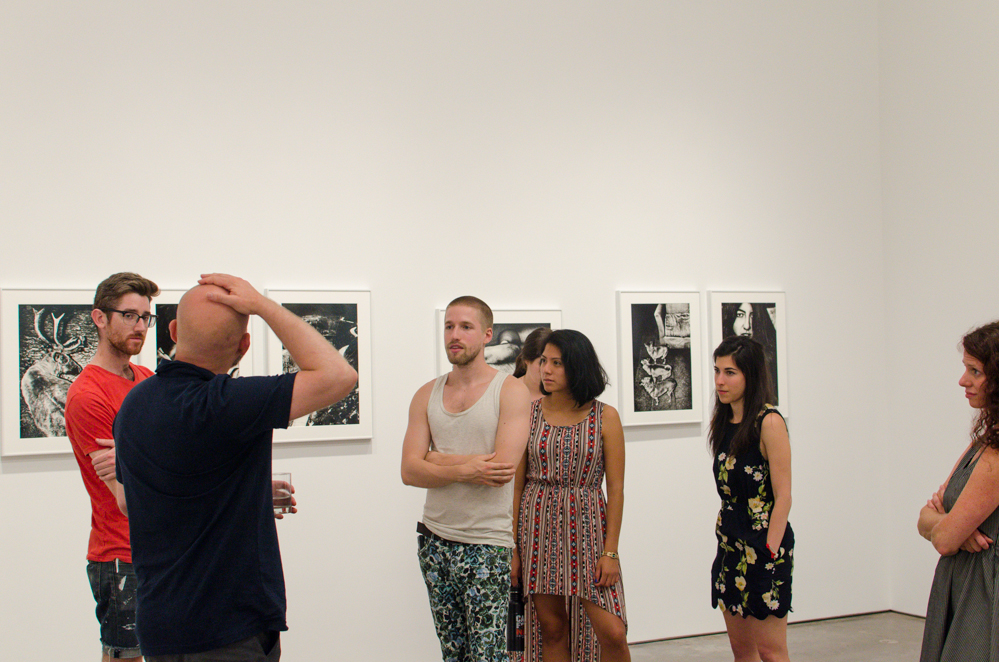
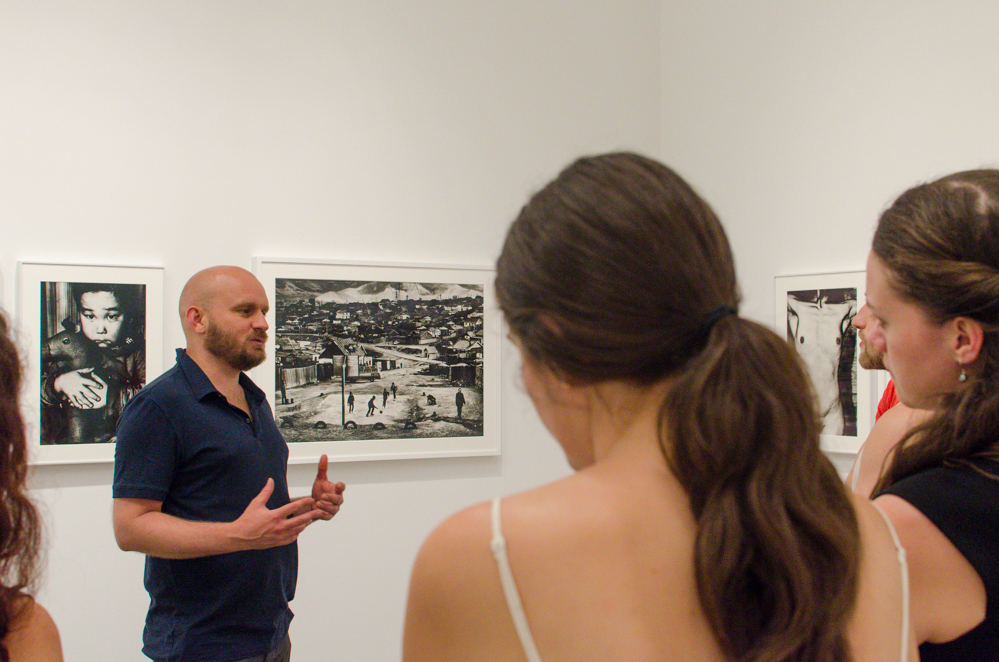
By David Frankel
All opening images by Osarogiagbon
**This show will be on view from July 16–August 28, 2015, at Yossi Milo Gallery.



